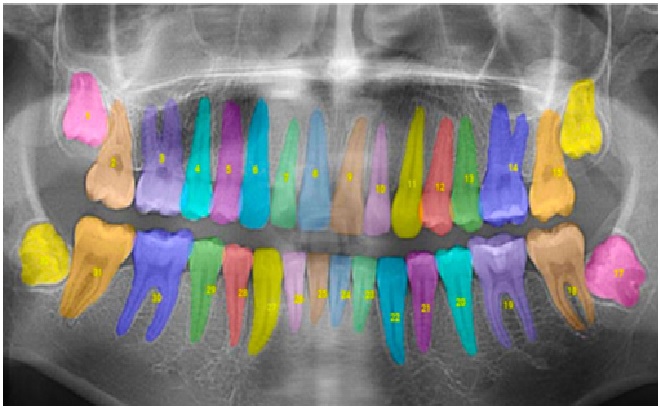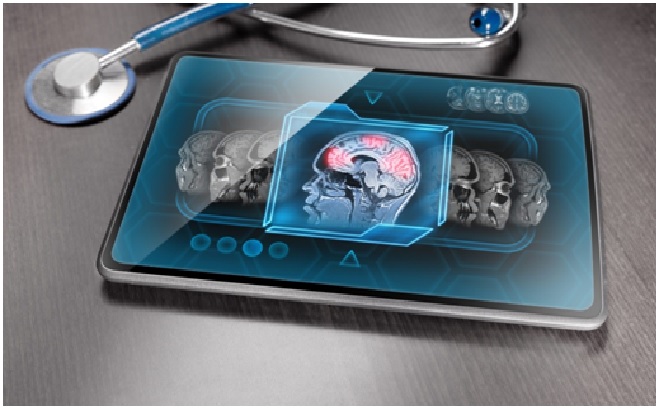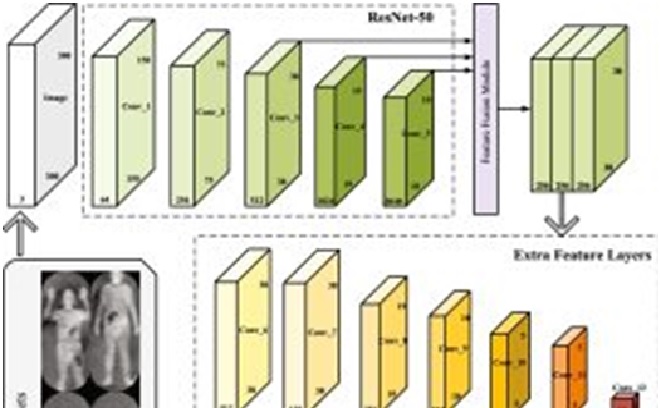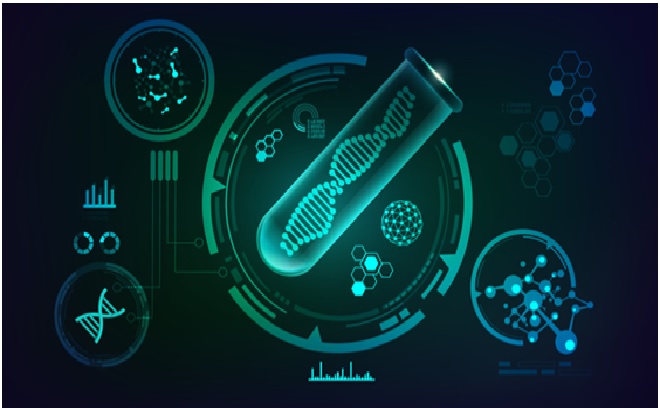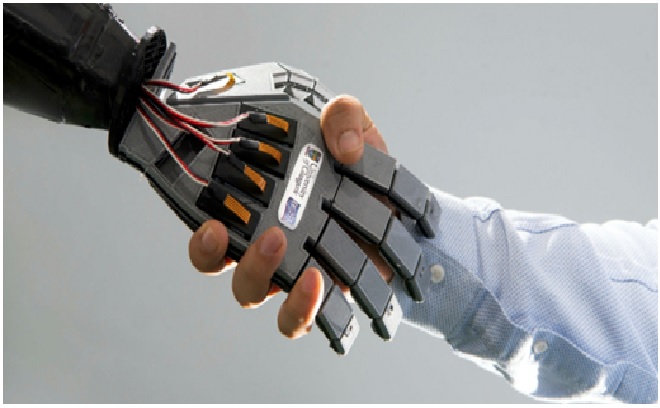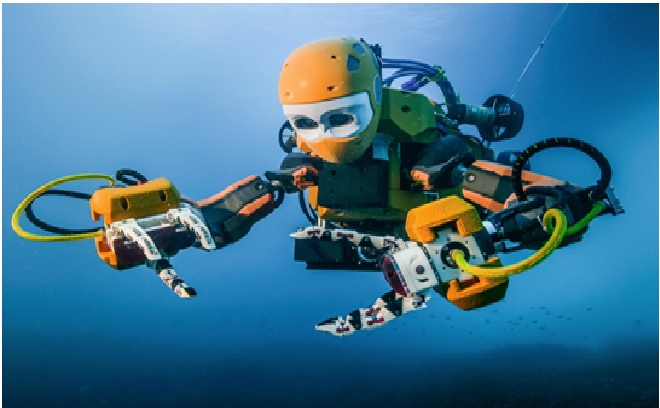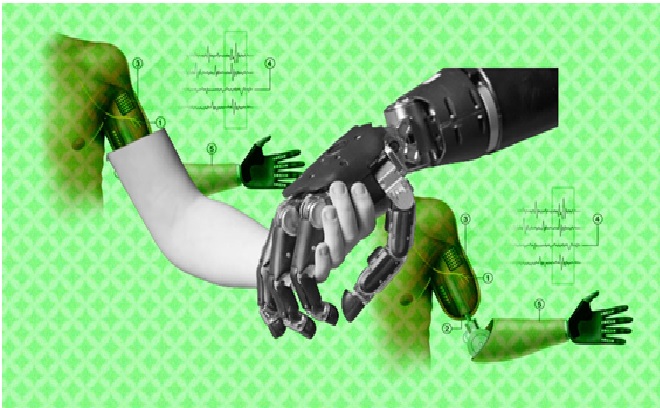Innovative Nanorobot to Explore Microscopic Biological Process from DNA
Scientists from Inserm, CNRS, and Université de Montpellier at the Structural Biology Center in Montpellier, constructing a tiny robot out of DNA and using it to study cell processes invisible to the bare eye. Although it certainly sounds like science fiction.
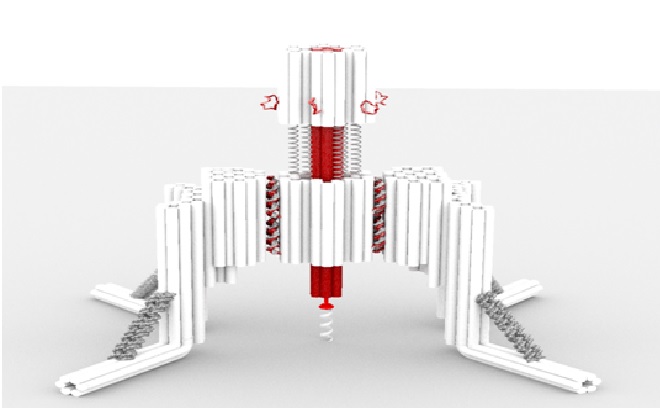
Figure 1: A tiny robot out of DNA.
Figure 1 shows thathighly innovative “nano-robot” should enable a closer study of the mechanical forces applied at microscopic levels, which are crucial for many biological and pathological processes. [1]
Mechanical forces are exerted on our cells on a microscopic scale. They trigger biological signals essential to many cell processes involved in the normal functioning of our body or in the development of diseases.
At present, our knowledge of these molecular mechanisms involved in cell mechanosensitive is still very limited. The team decided to use the DNA origami method. This enables the self-assembly of 3D nanostructures in a pre-defined form using the DNA molecule as a construction material. Over the last ten years, the technique has allowed major advances in the field of nanotechnology.
This enabled the team to design a “nano-robot” comprised of three DNA origami structures. Since it is of nanometric size, it is therefore compatible with the size of a human cell. It makes it possible for the first time to apply and control a force with a resolution of 1 piconewton, namely one trillionth of a Newton – with 1 Newton corresponding to the force of a finger clicking on a pen. This is the first time that a human-made, self-assembled DNA-based object can apply force with this precision. [2]
The team began by coupling the robot with a molecule that recognizes a mechanoreceptor. This made it possible to direct the robot to some of our cells and specifically apply forces to targeted mechanoreceptors localized on the surface of the cells in order to activate them.
“The design of a robot enabling the in vitro and in vivo application of piconewton forces meets a growing demand in the scientific community and represents a major technological advance. However, the biocompatibility of the robot can be considered both an advantage for in vivo applications but may also represent a weakness with sensitivity to enzymes that can degrade DNA. We will also try to find other modes of activation of our robot using, for example, a magnetic field," emphasizes Bellot. [3]
References:
- https://www.futurimmediat.net/news/innovative-nano-robot-built-entirely-from-dna-to-explore-microscopic-biological-processes
- https://scitechdaily.com/innovative-nano-robot-built-entirely-from-dna-to-explore-microscopic-biological-processes/
- https://www.sciencedaily.com/releases/2022/07/220728075911.htm
Cite this article:
Sri Vasagi K (2022), Innovative Nanorobot to Explore Microscopic Biological Process from DNA, AnaTechMaz, pp.143



